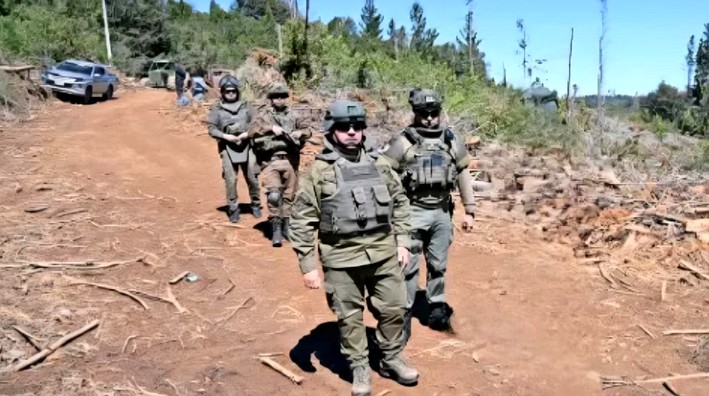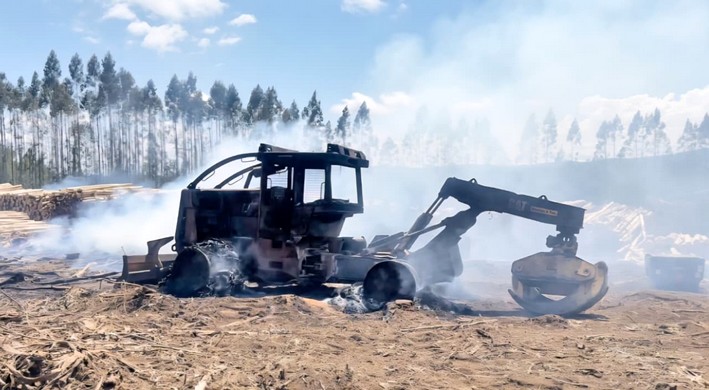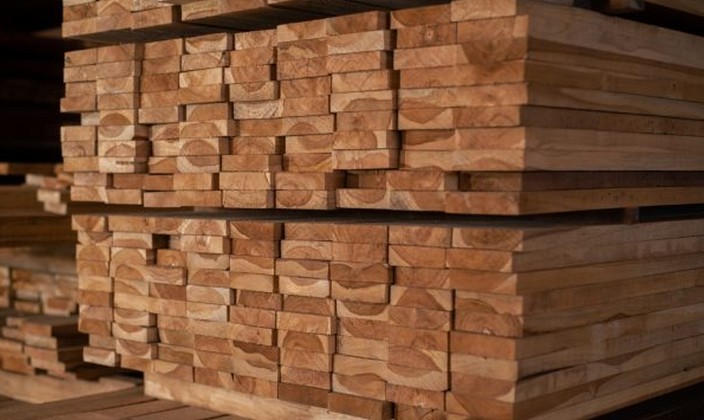Forests with a Future: A New Paradigm in Landscape Restoration
Wildfires devastated thousands of hectares in the country, and alongside reconstruction efforts, a major restoration initiative for the affected flora and fauna must be developed, contributing to species conservation, soil fertilization, and erosion protection.
This is one of the priorities for ARAUCO, whose extensive experience in restoring native landscapes is now being applied to address the ecosystem emergency caused by the summer fires. "Restoration is not just about planting: it involves delicate and dedicated work, with an integrated vision of the territory, applying science, identifying restoration sites, and defining strategies at a local scale," explains Guillermo Olmedo, Lead Researcher in Ecosystems, Productivity, and Climate Change at Bioforest.
To tackle the restoration process, Bioforest (Arauco's Research Center with 33 years of history) has combined cutting-edge technology and fieldwork, enabling them to assess the impact on flora and fauna, develop proposals for assisted species migration to ensure their conservation, and lead restoration plans for the company’s various high-conservation-value areas that were affected.
Additionally, they identified soil erosion risks that could impact water supply basins for human populations when the first rains arrive, allowing them to take proactive measures and implement a plan with affected municipalities to minimize these effects.
Alongside the actions being implemented, Olmedo emphasizes that one of the main challenges is driving large-scale preventive work to ensure the harmonious coexistence of forest plantations, native forests, and human settlements, aligning with a new paradigm of "forests with a future."
"This adds to our commitment to restore 50,000 hectares of native forest, a goal closely aligned with the Nationally Determined Contributions (NDCs) to reduce greenhouse gas emissions," stated Olmedo, adding that biodiversity protection and sustainable landscape management are key.

















